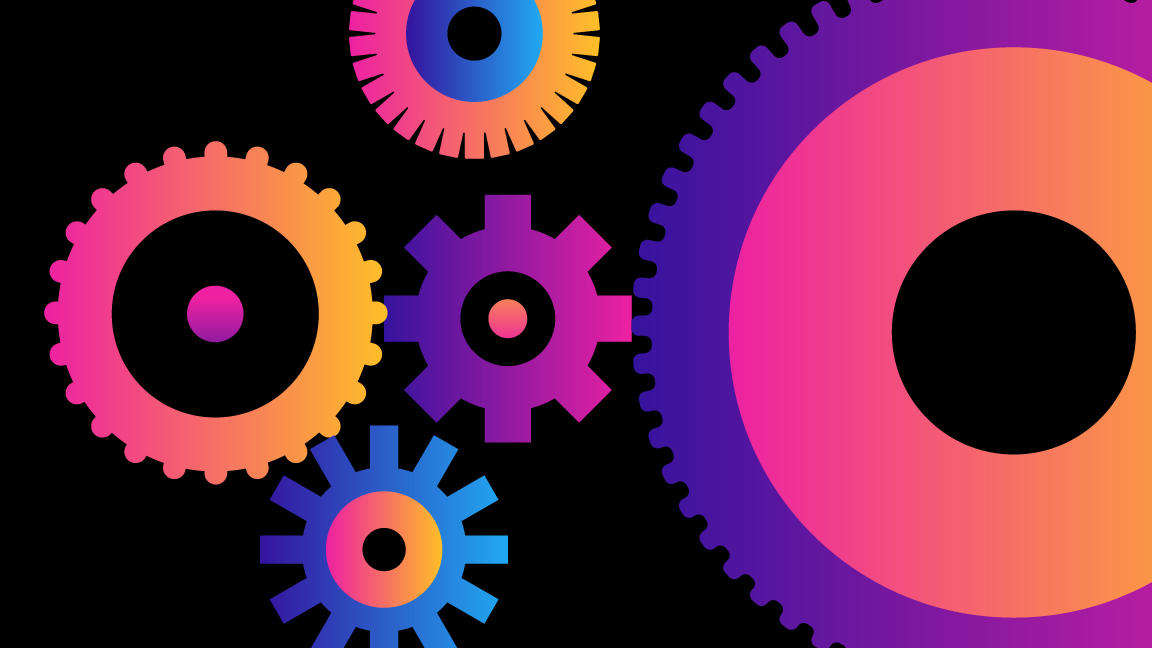As we approach the next wave of workforce automation and globalisation, with employees ever more responsible for managing their own rewards choices, what can technology do to help with the transformation?
The standard, static annual processes around employee benefits, performance management and pay engage no one. They are, well, operational processes – disconnected from the actual delivery of work, and out of touch with the needs and priorities of workers across different generations and geographies.
Today’s approach is based on accepted conventions. Maybe it works for, say, half of an organisation’s workforce. Either way, this is not good enough. Limited employee engagement and control in rewards is not an effective way for a business to manage this huge and complex expense and investment in people.
The challenge of fragmentation and complexity
Getting to more cohesive, engaging and future-fit rewards is made impossible with current structures, processes and systems.
Whilst some organisations might communicate Total Rewards in personalised statements to employees, none truly operate with a Total Rewards mindset – compensation practitioners don’t understand benefits; benefits managers don’t get involved in performance pay; business managers resort to base pay to attract and retain talent.
What’s more, no one is in a position to join everything up. HR and rewards professionals are consumed with managing the complexity of various policies, and time-intensive manual processes. Local information is unavailable centrally, and the data that is accessible is often out of date and inaccurate.
A more fulfilling experience
If the organisation is having a hard time adopting a joined-up approach to rewards, then what hope for employees? If our idea is to provide rewards programmes that benefit the individual – in their health, wealth and career – then a rethink is needed.
Rewards need to be approached and delivered from the individuals’ perspective. Design of programmes – and communication of those programmes – needs to meet individual needs and the life journeys they are on. That way businesses can be sure that their investment in reward is producing maximum benefit to the people they employ.
The solution is evolutionary
To get to more meaningful and purposeful reward programmes, businesses will need to embark on an evolutionary journey. Central to this evolution must be a digital platform that integrates rewards across the organisation, making information more transparent, consistent, accurate and efficient. This is an enabler of three critical steps transforming rewards:
- Create more accessible data – consolidating rewards information in real time, and allowing employees to access their data, verify accuracy and give feedback
- Develop new insights – with centralised data HR professionals should have rapid access to analytics that show them what rewards programmes they have, and how effective they are.
- Create more meaningful programmes – with these insights HR can simplify reward structures, and design them around employee preferences, use the digital platform to offer employees greater control and flexibility, and move away from annual review cycles.
What would a digital platform look like?
The answer lies in a next generation of rewards technology – a real-time consolidation and reporting system that holds all elements of reward (e.g. pay, bonus, pension, benefits, stock). Something that can scale globally, covering local regulations, integrations from multiple data sources, and reporting analytics.
This system benefits a variety of stakeholders who all have differing requirements: employees, Finance, HR, and Executives.
With data consolidated and accessible in real time in a single system, companies can move to adopt system functionalities that help to evolve and transform reward within their organisation. Here are some initial ideas:
- Insight tools – to analyse across any organisational level, reward type, job type, employee profile, and a variety of other criteria. These tools are vital to fast analysis of workforce employment costs, relocations, offshoring, outsourcing, and optimal organisational structures
- Engagement tools – to personalise reward for everyone within the organisation, with interactivity that allows individuals to provide feedback on their desired reward mix and their satisfaction with current programs. Employees can even model new employment scenarios to see how they affect their package (e.g. part-time, performance ratings, promotions).
- Management tools – to bring process and cost efficiency and consistency to complex organisational needs. Reports can be created regularly and quickly for administration purposes; new packages can be modelled automatically for potential new hires and internal moves; and benchmark data can be pulled in, lined up against internal jobs, and made available to assess anytime and anywhere.
The end result is a better balance with more transparency, fairness, and engagement, enabling organisations to share success with their workforce.
